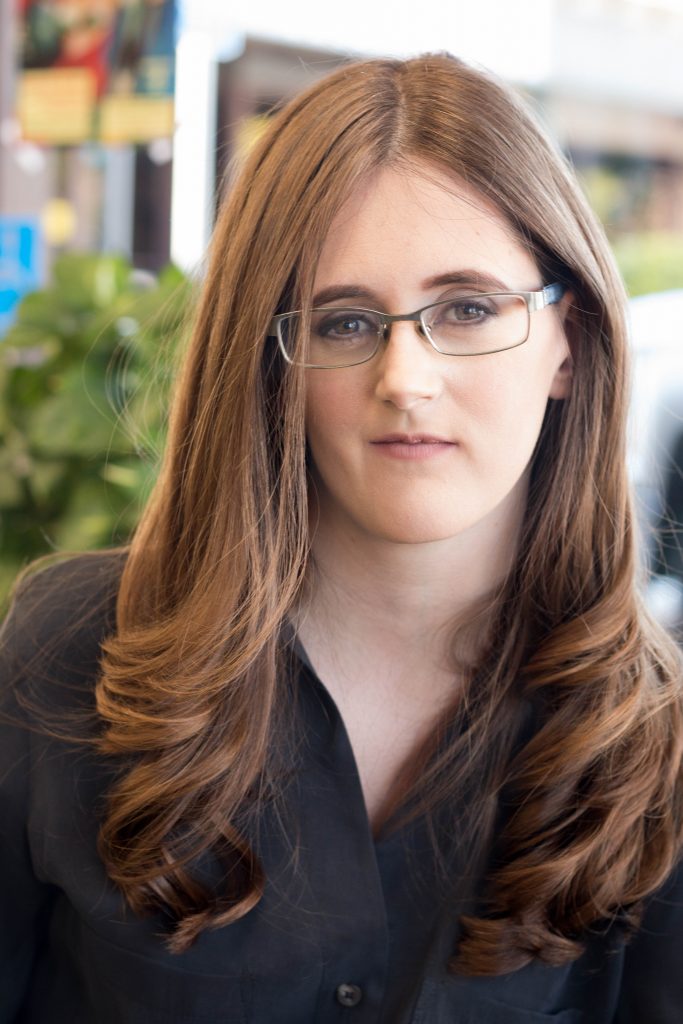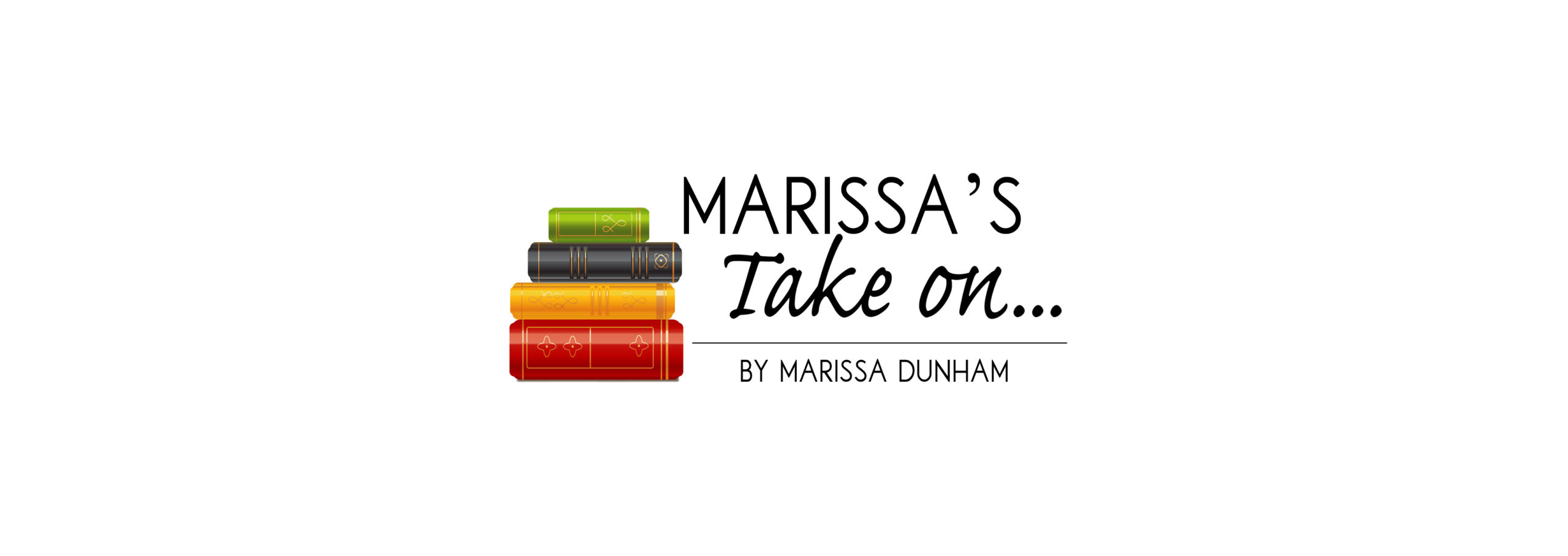By Marissa Dunham //
The best sellers among books on craft are some of the most beloved books for growing writers. They comfort and reassure us that what we’re doing, typing or handwriting stories and memories into beautiful narratives, isn’t really all that crazy.
These books are among the most popular among those who write, some with thousands of positive reviews on Amazon.
They are also comprehensive guides on writing and will provide you with years of support as you grow into a stronger writer. They cover:
- Knowledge of how to write yourself out of a corner
- Tips for how to make the most of online and in-person workshops
- Knowledge of how to address comments from editors
- The secrets to making point of view, plot, and revision easier to break down and apply to your particular story
- Practical tips on how to write nonfiction and memoir
- And more
Here are the five!
- Writing Fiction: A Guide to Narrative Craft by Janet Burroway
This book has been around since the 1980s and has gone through about ten editions so far. It might not have as many reviews on Amazon as others on this list, but its word-of-mouth popularity among writing instructors makes it a heavy hitter among writing manuals. The book covers character, plot, dialogue, and point of view using both the technical jargon you need and the tips to get you to a finished manuscript. There is a great interview, “Janet Burroway Talks about Writing Fiction,” on the Chicago Manual of Style blog if you are interested in getting a sneak peek on her way of teaching or if you just want to learn more about revision and creative writing. Writing Fiction will be a handy guide for years to come and I, for one, am curious how the next edition will evolve. - Save the Cat! Writes a Novel by Jessica Brody
You may have heard of this one. Both editors and writers swear by Save the Cat! for learning how to plot. Brody explains plotting or story structure through story beats and outlining. What’s a story beat? A story beat is a moment that moves a story forward, and the way Brody organizes her beats into emotion-filled drama may be just what you need. What is most valuable about this book is that Brody manufactures lists for how to use her version of story beats for very nearly any book genre – from erotica to hard-boiled mystery to memoir. It’s a good read for those wanting to get a new perspective on their works in progress. - On Writing: A Memoir of the Craft by Stephen King
A compelling storyteller, King gives it his all in this hybrid memoir, writing manual. As I’ve said before, the most valuable part of this book is the two drafts of a chapter from 1408 in the back of the book, which shows writers what to expect in the editing process. But you, and your nonwriting friends, may also enjoy reading about Stephen King, the person, in On Writing. I’ve recommended this book to a few friends and family who are voracious readers and found that they enjoyed it just for the story. For writers, the book will dive into craft talk and examples from popular fiction, of course. But it’s also good for the pleasure of reading Stephen King. PG-13 for some language. - Bird by Bird: Some Instruction on Writing and Life by Anne Lamott
Quoted by the likes of Burroway and others, this book covers nearly everything a writer could need. The chapters are short, sweet, and quick, which is great for writers looking for something inspirational to read before a writing session, new writers taking it slowly, or for those curious about the writing life. Lamott’s wit and charisma bring a good, heartwarming read to curl up with on this best seller list. - On Writing Well: The Classic Guide to Nonfiction by William Zinsser
The book is easy to follow, with practical advice on how to start and complete your nonfiction project. From writing to revision, Zinsser will guide you through the essentials with surprising warmth and simplicity. If you’ve ever had an idea for a book, interview, memoir, travel writing, science writing, business writing, or sports article, you will find this book of value. Zinsser will both reinforce what you already know about nonfiction writing and make you a better writer by the end.
Marissa’s Take Practice Exercise: Purple People Eater
Write a story from the point of view of a purple people eater.
Note: A purple people eater can be an alien, but it doesn’t have to be. A purple people eater can be the nickname a bullied young boy has adopted for himself, the name for employees at a local ice cream shop famous for selling purple popsicles, a purple crayon on a teacher’s desk, a classic car with metallic purple paint stuck in a garage without an engine, or a local sports star. The point of the exercise is to create something new and to test your ability to write from the point of view of any person, alien, or inanimate object. You decide.

MARISSA DUNHAM is a writer and freelance editor. She spent the early part of her career in educational publishing, but now spends most of her time editing literary fiction, magical realism, and middle grade fiction. She lives in Southern California, where she enjoys bringing new life into the world by planting tomatoes and flowers in the garden.


I’m going to check out Burroway’s book. Can’t say enough about #2, 3 and 4. Nice list!
Thank you! You’ll have to let me know about Burroway’s book if you do check it out. I’d love to hear.
Great list, indeed. Thank you, Marissa!
Thank you! Glad you liked it.
Thanks Marissa. I love listening to Save the Cat Writes a Novel on audio when I’m in the middle of plotting or the first draft.
That’s a great idea! Do you have a favorite part of the book you like to re-listen to? This sounds like a nice way of creating a routine for new projects. Thank you.